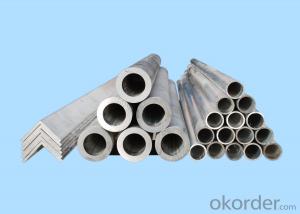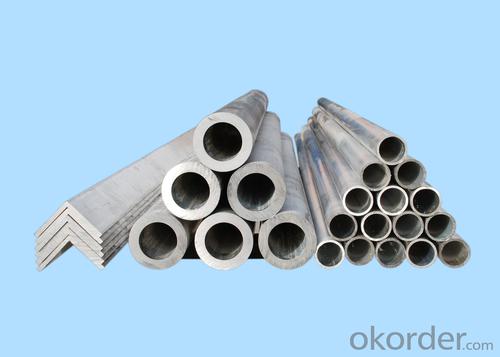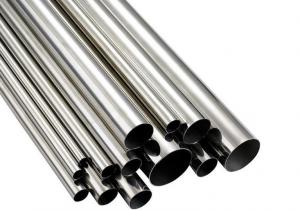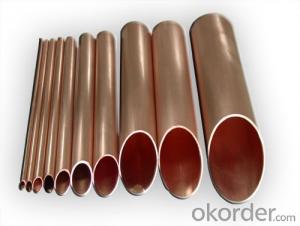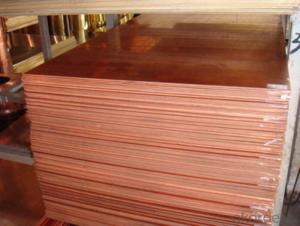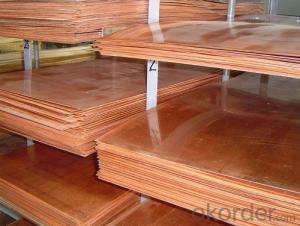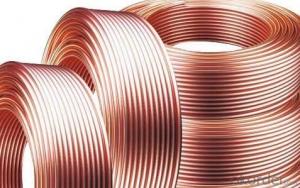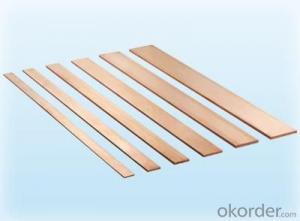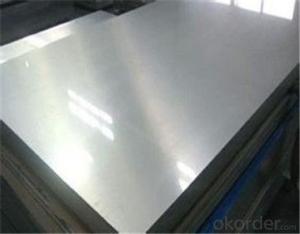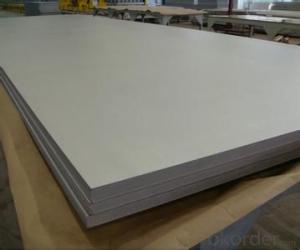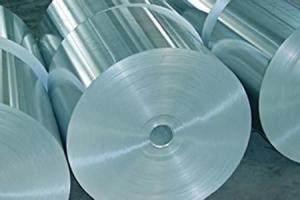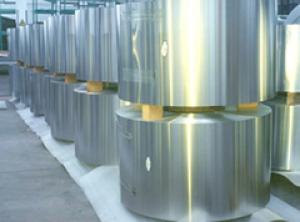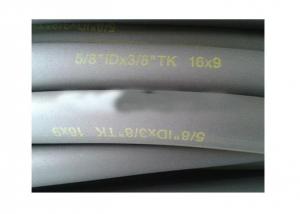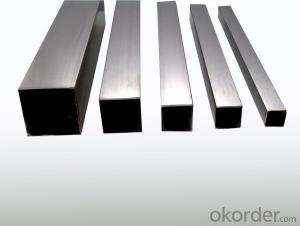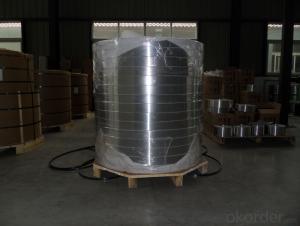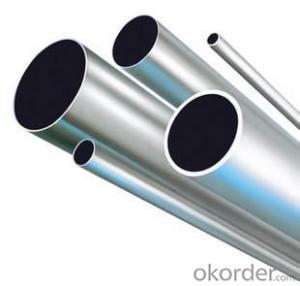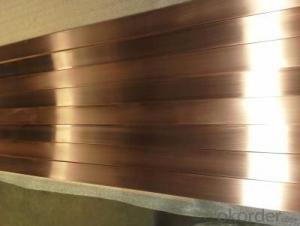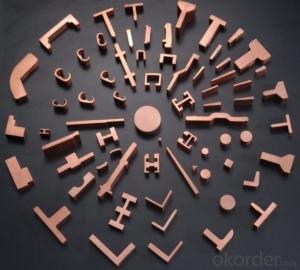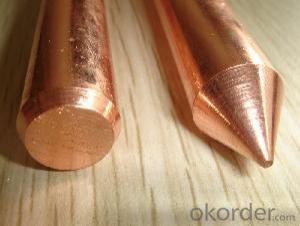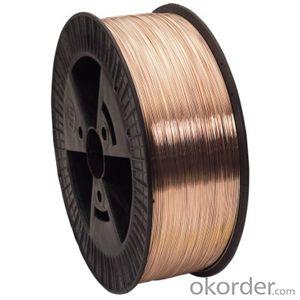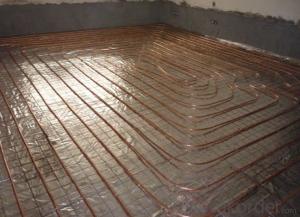Aluminium Tube for Air Conditionary Application
- Loading Port:
- Shanghai
- Payment Terms:
- TT OR LC
- Min Order Qty:
- 8 m.t.
- Supply Capability:
- 1000 m.t./month
OKorder Service Pledge
OKorder Financial Service
You Might Also Like
Structure of Aluminium Tube for Air Conditionary Application Description:
Coated aluminum coil/sheet are of a wide range of colors, which gives wonderful appearance no matter in residential and commercial constructions of great exhibition centers.
The coated aluminum coil/sheet have been widely used in the fields of construction and decoration( garage doors, ceiling etc.), electronic appliances, lighting decoration, air-condition air pipes, sandwich panels and drainages etc.
Main Features of theAluminium Tube for Air Conditionary Application:
1) High flexibility
2) Impact resistance
3) Excellent weather-proof durability
4) Anti-ultraviolet
5) High erosion resist
Images of the Aluminium Tube for Air Conditionary Application:
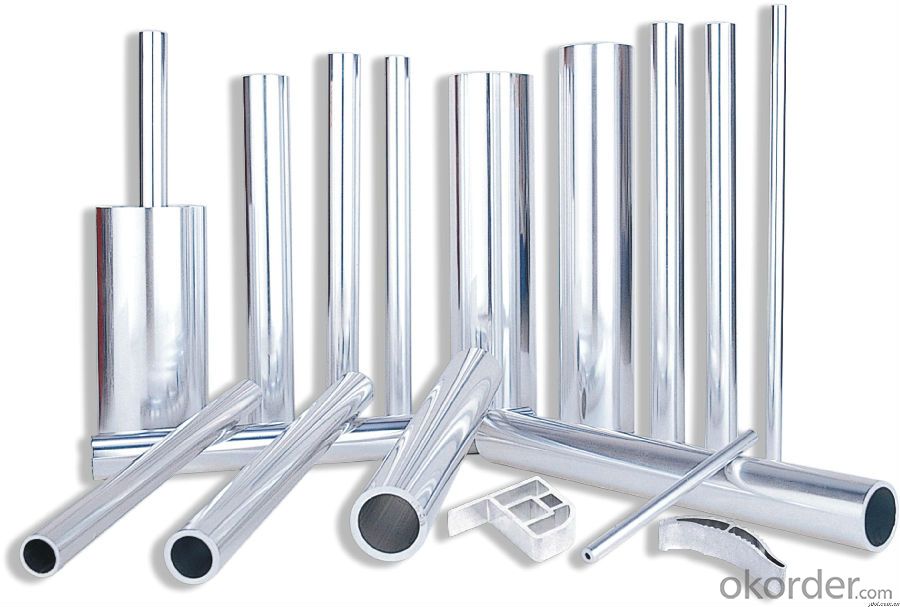
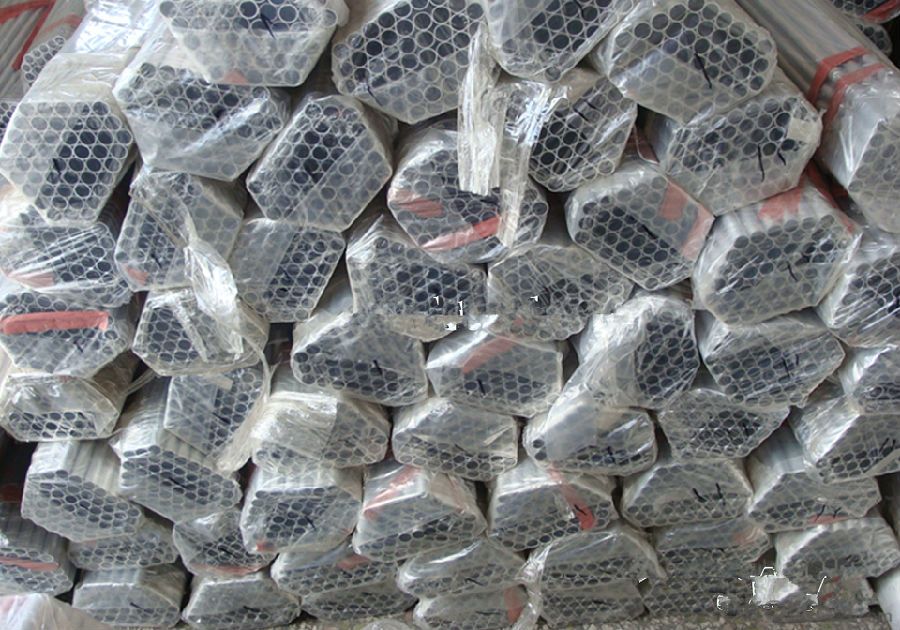
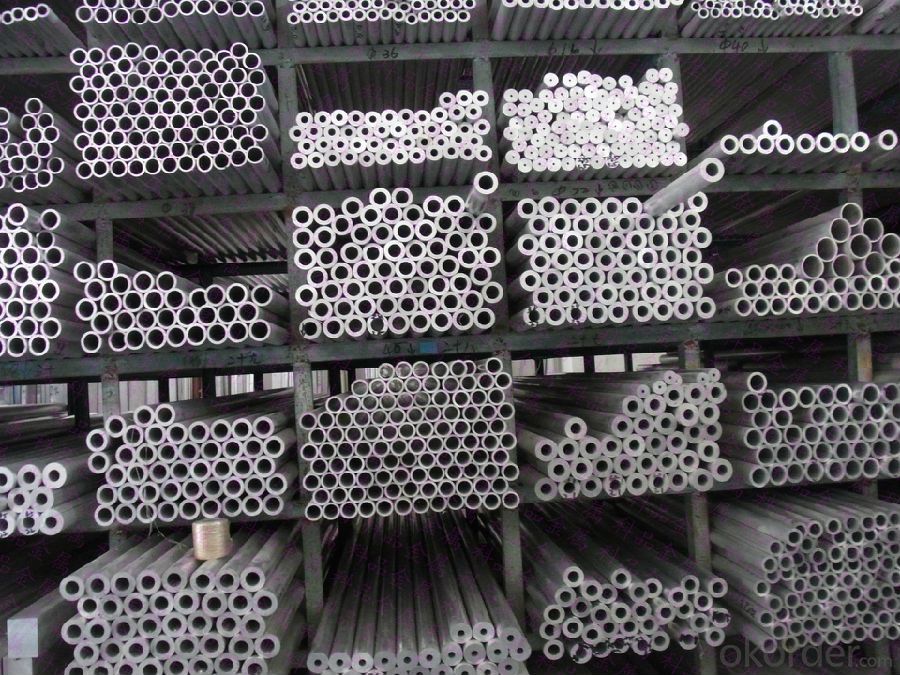
Aluminium Tube for Air Conditionary Application Specification:
Alloy | A1100,A3003,A1050,A8011 etc |
Temper | H16,H18,H24 |
Thickness | From 0.024mm to 1.2mm |
Width | Standard width:1240mm |
Special width:1300mm,1520mm,1570mm,1595mm | |
Diameter | Standard dia:1200mm |
Interior dia:150mm,405mm,505mm | |
Weight | 2.5 T/coil,3.0 T/coil |
Coating | PE, PVDF, AC |
Surface | Embossed, mill finish, coated |
Color | AS to code RAL |
Gloss | 10-90%(EN ISO-2813:1994) |
Coating Thickness | PE: more than 18 micron |
PVDF: more than 25 micron | |
Coating Hardness (pencil resistance) | More than 2h |
Coating adhesion | 5J(EN ISO-2409:1994) |
Impact Resistance | No peeling or cracking(50 kg/cm,ASTMD-2794:1993) |
Flexibility (T-bend) | 2T |
MEK resistance | More than 100 |
FAQ:
a.What is monthly capacity
---CNBM is one stated own company and our monthly capacity is about 2000tons.
b. Now which countries do you export your goods?
---Now we export to South East Asia,Africa, North America,South America ect.
- Q: A nickel bar is dipped in 200mL of 0.1mol/L copper sulfate solution. After some time , the mass of the obtained copper deposit is 0.630g
- The reaction you are referring to is a displacement reaction. Copper is lower down in the reactivity series (meaning it's less reactive) as compared to nickel, and so nickel displaces copper.
- Q: WHy does copper need to be heated before you can make it into something!?
- Not quite sure what exactly you're trying to ask but in order to mine iron ore you need at least a stone pickaxe which is made from Cobblestone. To get iron itself, you smelt it in a furnace and to make a iron block you place iron in each space in your crafting table.
- Q: What is the theoretical effect of bending a copper pipe either 90 or 180 degrees with a given bend radius and known starting wall thickness. Starting and ending lengths are not given. Only the extreme values matter, I am simply looking for best and worst case values. I know the outer wall will decrease and the inner will increase but is there a reliable, formulaic approach to predicting either?Some sample data:3/8 outer diameter pipe with .02 wall thickness180 degree bend at .5 bend radiusThickest wall ?Thinnest wall ?If this cannot be done without knowing starting and ending length, what would be the method of doing so if those values were known.
- One issue with the calculation the way I see it is that the reduction (in thickness on outside) may not be constant throughout the bend so there would be another thing to factor and I don't know how you would get that information. The increase on the inside is almost certainly not going to be constant as it tries to corrugate. I'm sure that pipe and benders are sold so that some minimum thickness is maintained and if that's all you want to know then maybe ask a manufacturer or supplier of the bender.
- Q: We used copper sulfate in school about a year ago, and I decided I wanted to throw some into a fire like we did in school. Does anyone know if the copper sulfate from hardware stores would be the same or if it would be dangerous? Please don't answer unless you've done it or have really good knowledge in chemistry. Thanks!
- There are enzyme & microbe based treatments for septic structures which would be particularly helpful on fat, proteins & carbohydrate based obstructions, in spite of the fact that if of direction the by using way of-merchandise actually feed the roots of residing flowers.Copper Sulfate will kill living flowers and is no longer horribly corrosive or poisonous.
- Q: Hello! I‘m looking to buy either a turnout blanket or sheet for my 18 year old TB horse. I live in Virginia-- a temperate climate state. In the dead of winter (January) it can get into the low 20‘s in the night but I don‘t know if my horse needs a blanket to keep him warm or just to shed water. Copper stays on 30 acres of pasture all the time, the only time he goes in a stall is to eat. My question is does he need a turnout blanket or just a turnout sheet? Basically I‘m asking if my horse will be cold :)
- Most horses are fine throughout the winter without a blanket of any kind, but since your horse is a Thoroughbred (who can tend to be hard keepers) and a little older, he might benefit from it. From my experience, it is best to wait until a horse's full winter coat grows in to put a blanket on him (unless you want to keep him more sleek.) If he already has a pretty good coat growing on him, he would most likely do fine in a sheet. If the temp makes a large, sudden drop, or if you notice him shivering or dropping weight, then you should put the blanket on him.
- Q: I'm looking at a sheet I have of Common Polyatomic Ions and I'm looking for Chloride, but I can only find Chlorite. Is Chlorite correct or is it a typo? (The specific molecule I'm looking for is Copper chloride)
- ahh got proper air in tires?? what car? what miles? what suspension system? come on man!
- Q: Why not use copper wire and iron wire instead of fuse?
- Lead antimony alloy has large resistance and low melting point, which is the physical property of lead antimony alloy.
- Q: Copper busbar are made of sheets or bars?
- Usually bars. They are used where the length is much longer than the width or thickness. If you had to make some for a special application, you might start with sheets because they would likely be more available and you could cut them to suit your needs.
- Q: CAN ANYONE PLEASE HELP ME PLEASE !?
- All I know is that all metals conduct electricity.
- Q: What kind of graph do i use to: graph the total mass vs the total volume of copper. Draw a line that best fits the points. Then use two points on your line to find the slope of your graph. Because density equals mass divided by volume, the slope will give you the density of copper. EXPLAIN PLEASE!
- Put total mass on the vertical axis and volume on the horizontal. Then plot the points and find the slope by vertical change over horizontal change.
Send your message to us
Aluminium Tube for Air Conditionary Application
- Loading Port:
- Shanghai
- Payment Terms:
- TT OR LC
- Min Order Qty:
- 8 m.t.
- Supply Capability:
- 1000 m.t./month
OKorder Service Pledge
OKorder Financial Service
Similar products
Hot products
Hot Searches
Related keywords
